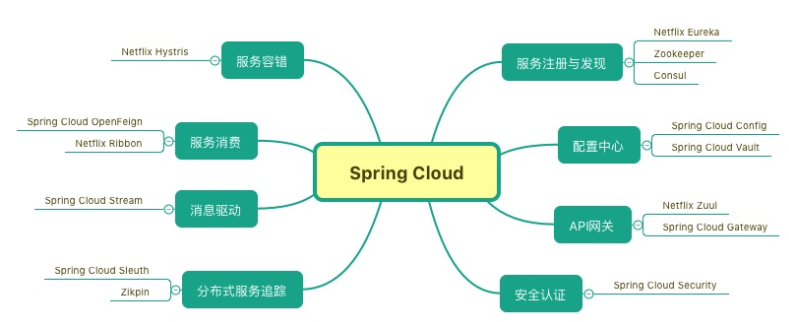一、find()方法:
功能:返回第一个满足条件的元素,无符合项时返回 undefined。
const numbers = [10, 20, 30, 40]; const result = numbers.find((num) => num > 25); console.log(result); //结果:30,因为30是数组numbers中第一个大于25的元素。
参数:
-
callback(element, index, array):接收当前元素、索引和原数组作为参数,需返回布尔值。
-
thisArg(可选):指定回调函数中的this上下文。
特点:
-
短路操作:找到第一个匹配项后立即停止遍历。
-
适用场景:查找对象数组中符合条件的对象。
const users = [ {id: 1, name: 'Alice'}, {id: 2, name: 'Bob'} ]; const user = users.find(u => u.id === 2); // {id: 2, name: 'Bob'}
-
稀疏数组:会跳过空位(如
[1, ,3]中的空元素不会被处理)。
二、findIndex()方法:
功能:返回第一个满足条件的元素的索引,无符合项时返回 -1。
const fruits = ['apple', 'banana', 'cherry', 'date']; const index = fruits.findIndex((fruit) => fruit === 'cherry'); console.log(index); //结果:2,因为cherry在数组fruits中的索引是2。
参数:同 find()。
特点:
-
与 indexOf 对比:
indexOf直接比较值,findIndex支持复杂条件。 -
示例:查找对象数组中属性匹配的索引。
const users = [ {id: 1, name: 'Alice'}, {id: 2, name: 'Bob'} ]; const index = users.findIndex(u => u.name.startsWith('B')); // 1
三、filter()方法:
功能:返回包含所有满足条件元素的新数组,原数组不变。
const scores = [75, 80, 60, 90]; const passingScores = scores.filter((score) => score >= 70); console.log(passingScores); //结果:[75, 80, 90],新数组passingScores包含了原数组scores中所有大于等于70的分数。
参数:同 find()。
特点:
-
数据筛选:常用于数据过滤,如删除无效项。
const data = [15, null, 30, undefined, 45]; const validData = data.filter(item => item != null); // [15, 30, 45]
-
链式调用:可与其他方法组合,如
map()、reduce()。const doubledEven = [1, 2, 3].filter(n => n % 2 === 0).map(n => n * 2); // [4]
-
稀疏数组:返回的数组中不会包含空位。
四、indexOf()方法:
功能:返回指定元素首次出现的索引,无匹配时返回 -1。
const colors = ['red', 'blue', 'green', 'blue'];
const blueIndex = colors.indexOf('blue');
console.log(blueIndex);
//结果:1,因为blue在数组colors中第一次出现的索引是1。
参数:
-
searchElement:待查找的元素。 -
fromIndex(可选):起始搜索位置,默认为 0。
特点:
-
严格相等:使用
===比较,类型不匹配时返回-1。const arr = [1, '2', 3]; console.log(arr.indexOf('2')); // 1 console.log(arr.indexOf(2)); // -1(类型不匹配) -
负数索引:
fromIndex为负数时,从数组末尾向前计算位置。const arr = [10, 20, 30, 20]; console.log(arr.indexOf(20, -2)); // 3(从索引2开始向后查找)
-
性能优化:适合简单值的快速查找,比
findIndex更高效。
五、方法对比与总结:
| 方法 | 返回值 | 使用场景 | 是否遍历全部元素 |
|---|---|---|---|
find() |
元素 | 复杂条件查找首个匹配项 | 否(短路) |
findIndex() |
索引 | 复杂条件查找首个匹配索引 | 否(短路) |
filter() |
新数组 | 筛选多个符合条件元素 | 是 |
indexOf() |
索引 | 简单值查找首个匹配索引 | 否(可指定起点) |
六、兼容性:
-
ES6+ 方法:
find(),findIndex(),filter()是 ES6 新增,需环境支持(现代浏览器/Node.js)。 -
替代方案:在不支持 ES6 的环境中,可用
for循环或Array.prototype.some()模拟类似功能。 -
性能考虑:大数据量时,优先使用
indexOf(简单值)或find(复杂条件),避免不必要的全遍历。
总结
到此这篇关于JavaScript中find()、findIndex()、filter()、indexOf()处理数组方法具体区别的文章就介绍到这了,更多相关JS find()、findIndex()、filter()、indexOf()处理数组内容请搜索脚本之家以前的文章或继续浏览下面的相关文章希望大家以后多多支持脚本之家!
来源链接:https://www.jb51.net/javascript/339153hvn.htm
如有侵犯您的版权,请及时联系3500663466#qq.com(#换@),我们将第一时间删除本站数据。












暂无评论内容